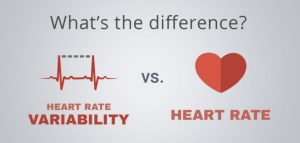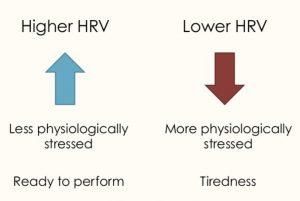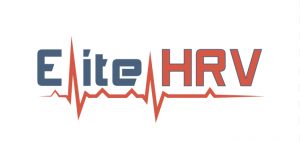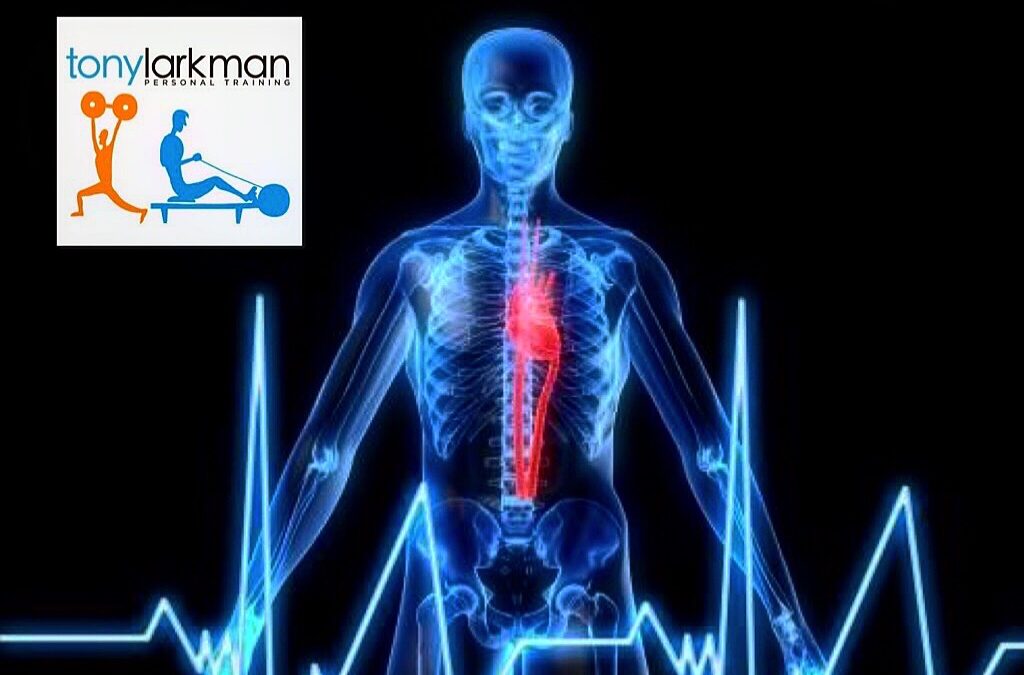HRV
What is heart rate variability?
The average persons heart beats at rest between 60 and 100 beats per minute.

Endurance athletes tend to have lower heart rates as the training enhances the effects of the involuntary nervous system. This training strengthens the heart muscle which allows it to pump a greater amount of blood with each heartbeat.
However, the heart does not beat at regular times. Sometimes, 2 successive heart beats can be between 0.85 seconds and another 2 successive heart beats between 1.35 seconds. This is heart rate variability.
AUTONOMIC NERVOUS SYSTEM
The autonomic nervous system regulates heart rate, respiration rate and digestion. The autonomic nervous system controls the parasympathetic (rest) and the sympathetic (fight or flight) branches of this system.
Parasympathetic regulation (rest response) lowers your heart rate and allows more time between heart beats thus increasing your HRV.
Sympathetic regulation (fight or flight response) speeds up the heart rate and therefore has less time between heart beats thus decreasing your HRV.
So what does this mean?
When you perform cardiovascular training over a duration of many weeks, months and years, your heart becomes stronger. As a result, it beats less and there is more variation between your heart rate beats. This indicates good overall health and fitness.
However, a low HRV reading may indicate that you need to make changes to your training plan for the day and prevent overtraining or illness. Look at it as an early warning signal.
How to use HRV when exercising
Generally speaking, HRV tells us when we are ready for exercise and at what intensity we should perform the exercise. It tells us how recovered we are from training, stress and other factors that take a toll on our well-being such as sleep deprivation and illness.
It is a far more reliable indicator of wellness than measuring resting heart rate.
A high HRV is good. However, you should not compare your HRV with other peoples HRV as it is unique. Age, gender, hormones, body functions and lifestyles can affect your HRV. For example, women tend to have a higher HRV than men.
Find you baseline and compare it each morning. If your HRV is low, you may want to consider your training intensity and opt for a low intensity session or a rest day. If you have a high HRV compared with your baseline, it may be a good day to have a tough workout. It is an indicator of health and fitness, recovery and your readiness for exercise.
Things to consider

After an intense endurance workout, your HRV may be elevated. However, this should return to normal once you have fully recovered. If it takes a long time to return to your baseline, it may be that the training is too advance for you to currently handle and look to adapt your training programme accordingly.
Stress and sleeping issues can cause your HRV levels to be lower than you baseline.
Alcohol and smoking also cause HRV levels to be lowered.
If you’re an endurance athlete, high levels of HRV can mean that you respond better to high intensity exercise. Low levels of HRV may mean the body will respond to a greater level of volume training.
So, record your levels and adapt your training workouts to the your HRV levels. If high, go for intensity. If low, commit to volume.
But listen to your body. HRV is only one indicator of recovery and well-being.
After all. You know yourself better than anyone.

You can download many HRV apps (I use eliteHRV) onto your phone and use a heart rate monitor chest strap such as Polar, Garmin or Suunto.





